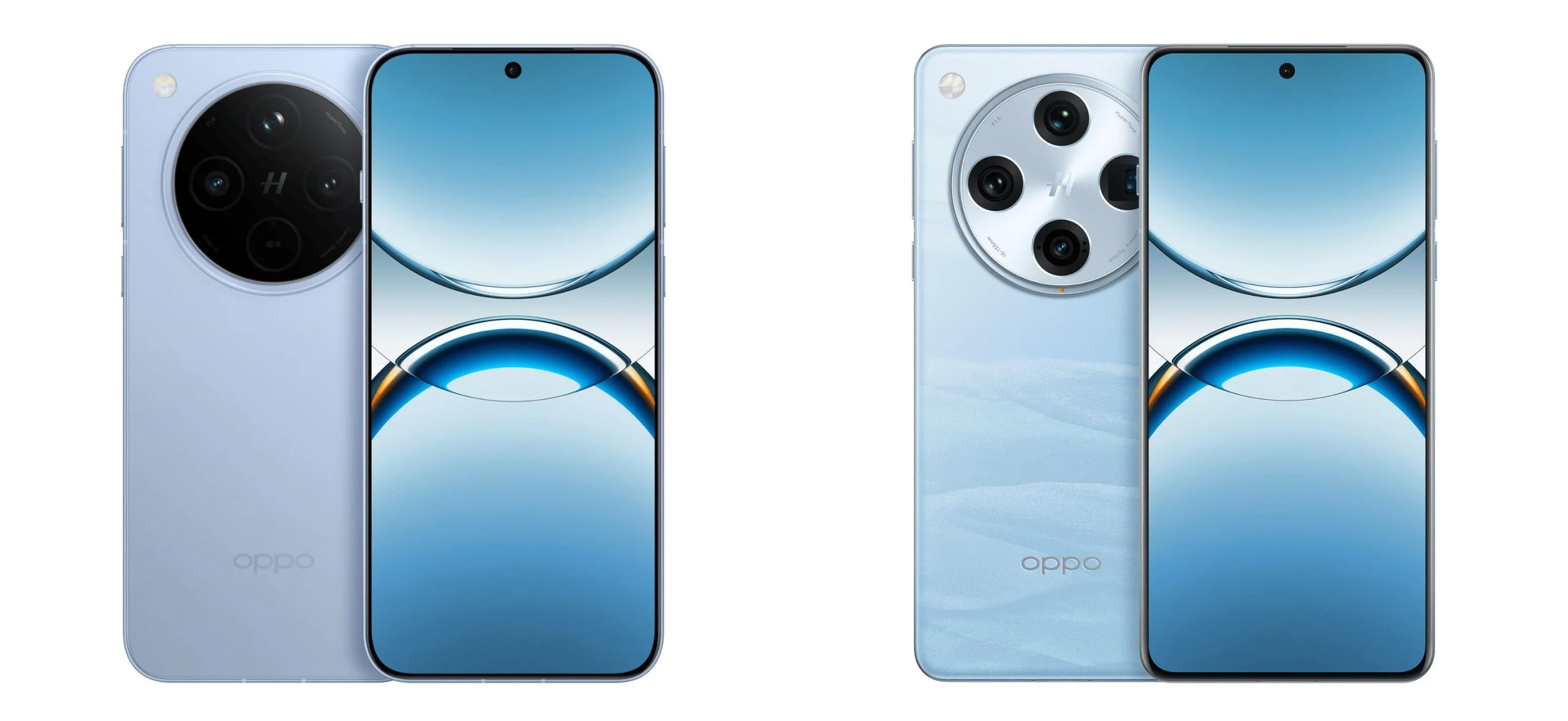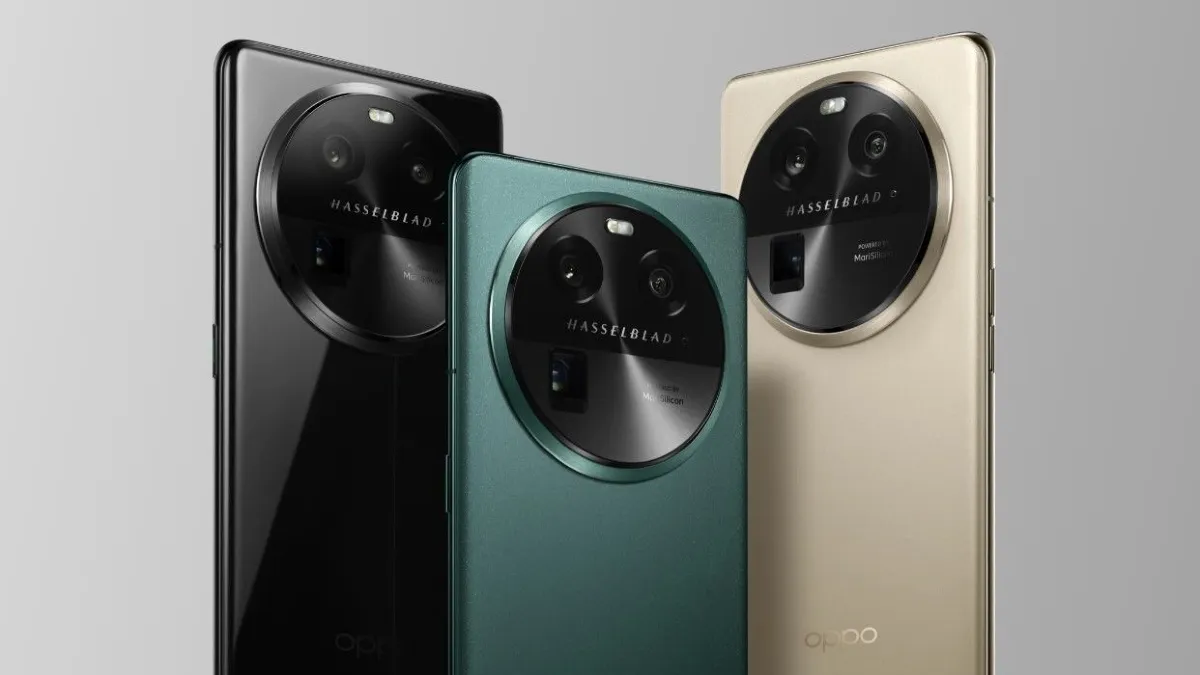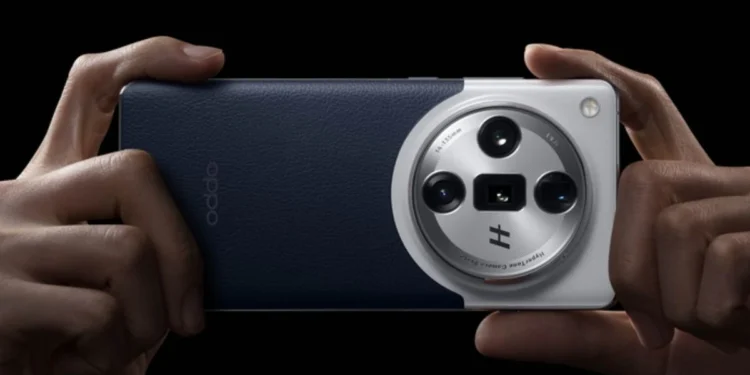In the highly competitive smartphone market, distinguishing features can significantly sway consumer preference and brand loyalty. Apple, known for setting trends with its innovative designs, has recently unveiled a dedicated Camera Control button on the iPhone 16, as detailed in our comprehensive review. This addition aims to enhance the photography experience by providing users with quick access to camera settings. Not surprisingly, Android manufacturers are quickly catching up, integrating similar features into their devices.

Oppo Leads the Charge with the Find X8
Oppo, a major player in the Android ecosystem, is at the forefront of this adaptation. The company’s product manager, Zhou Yibao, took to Weibo to announce the upcoming release of the Oppo Find X8. Slated for release later this month, the Find X8 is expected to feature a pressure-sensitive button that allows users to manage camera controls and zoom functions. Intriguingly, this button is designed to be functional even underwater, showcasing Oppo’s commitment to enhancing photographic flexibility and user experience in diverse conditions.
Yibao emphasized that this feature had been in development since November of the previous year, suggesting that Oppo’s innovation timeline aligns closely with, but is independent of, Apple’s design revelations. This statement strategically distances Oppo from direct comparisons with the iPhone 16, positioning the Find X8 as a product of independent innovation rather than reactive engineering.

A History of Cross-Pollination in Smartphone Innovation
The exchange of features between Android and iPhone is not a new phenomenon. The smartphone industry has witnessed numerous instances where features introduced by one platform soon appear on the other. For example, the notorious notch introduced by the iPhone X in 2017 was quickly adopted by numerous Android manufacturers in their subsequent models.
Conversely, the customization features that Apple introduced with iOS 18 bear a resemblance to functionalities long available on Android devices. This iterative innovation helps drive the industry forward, ensuring that regardless of the originator, the best features eventually benefit all users.
Embracing Similarity Without Losing Identity
While the rapid adoption of new features like the Camera Control button can lead to a homogenization of smartphone design and functionality, it also pushes manufacturers to continuously innovate to maintain a unique selling proposition. The challenge for brands like Oppo and their counterparts is to integrate such features in ways that align with their device ecosystems and user expectations, enhancing overall utility without blurring the lines of brand distinction.

The Unseen Benefits of Standard Features
Interestingly, both Android and iOS have long included a less celebrated but widely used camera activation feature: the ability to use volume buttons to capture photos. This feature, present by default in both operating systems, highlights an underlying trend in the industry—innovations, whether highlighted or understated, are geared towards simplifying user interaction and enhancing the functional richness of devices.
As the smartphone market continues to evolve, the focus will likely remain on refining these user-centric features, ensuring that regardless of the competitive dynamics, the end consumers continue to enjoy increasingly sophisticated and user-friendly devices. The race to introduce innovative features like the Camera Control button underscores a broader industry trend towards creating more intuitive, efficient, and enjoyable user experiences.










